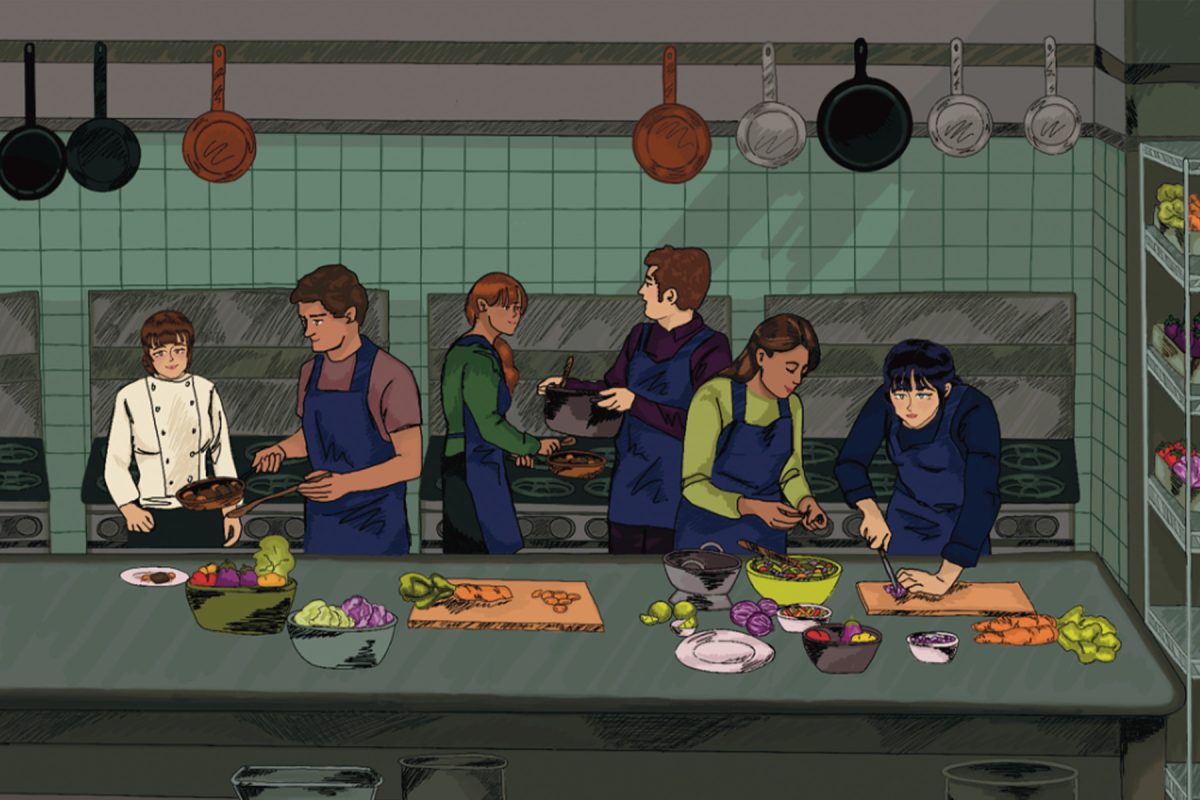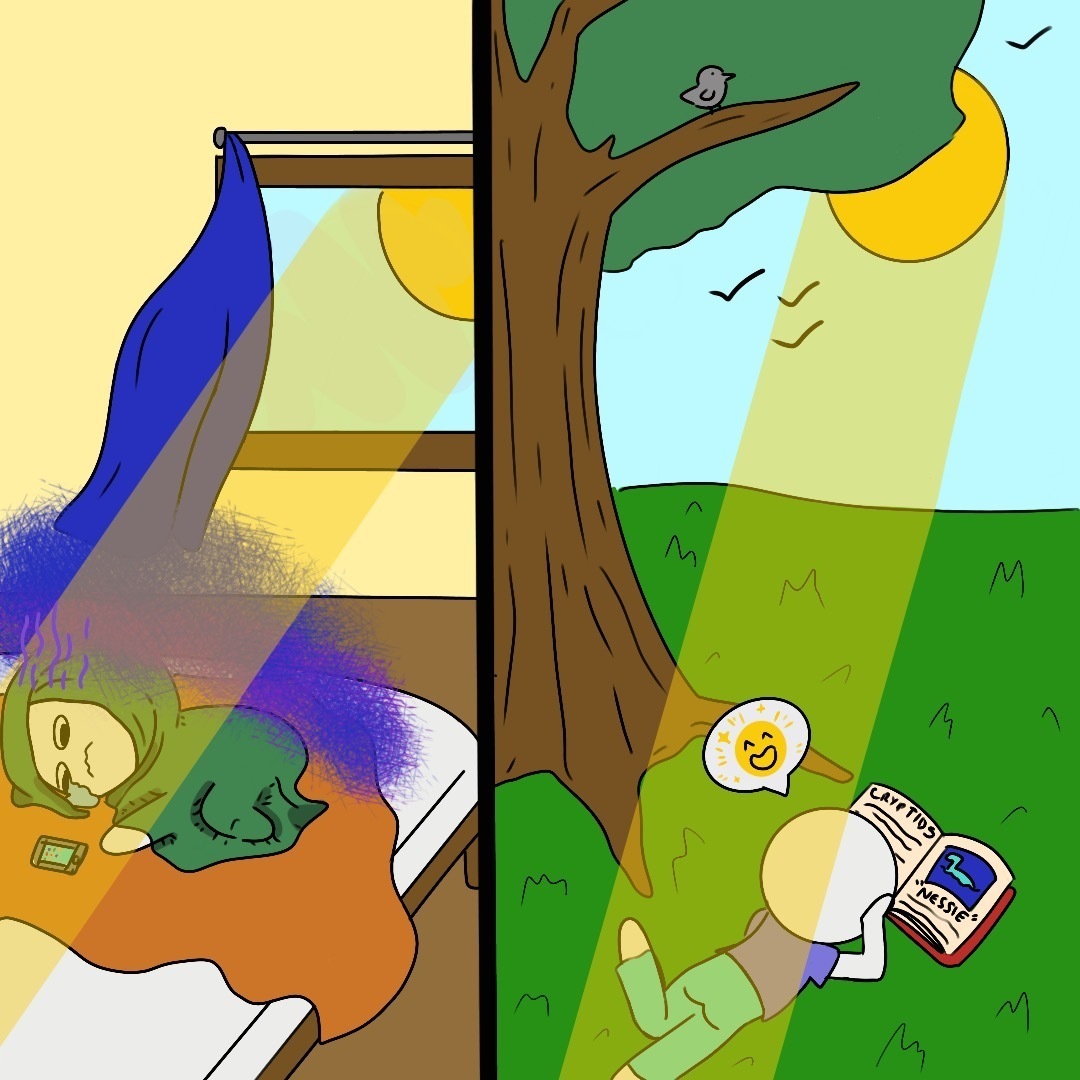Male dominance has been a cultural norm for hundreds of years. The deep stain of gender oppression started when the human society switched from nomadic hunter-gatherers, whom facilitated a degree of egalitarianism, to farming. It was about 12,000 years ago when society started to shift to an agriculture-intensive form of life. Henceforth, a shift of power was transferred to the physically stronger males, and the dawn of sexism arrived.
The remodeled 21st century is no longer agri-centric. Males’ claim of superiority based on brute strength is no longer valid. Yet, it took thousands of years to disenthrall the grip of patriarchal power, and even the stigmas of male superiority still shadow our society.
Women in the math or science industry are constantly belittled and undermined, which is part of the reasoning why there is a lack of women’s presence in the field.
The STEM field is statistically dominated by men. A statistical analysis completed in 2013 shows that out of the entire Texas population, 4.3% were employed female STEM workers, and more than two-times that, employed male STEM workers stood at 9.9%.
In the STEM recruitment field, women even have a two-to-one advantage over men for obtaining interviews and callbacks from employers. Yet, female representation is dismal, and 50% of women who do choose to major in Science and Engineering usually change to a non-STEM major within their first year.
This issue does not stem from a lack of opportunities. It is about creating an environment where women feel safe to learn and make mistakes. It starts in the classroom.
Olivia Renner, an environmental engineer in technology freshman, says she always feels like she has to work 10 times harder than her male counterparts. She says before walking into a classroom, “they set standards for you.”
“I constantly feel like my professor is eyeing me, waiting for me to mess up,” Renner says.
Renner, as one of five women in her STEM class, says when she walks into a classroom, she tries to “act like a man,” and she consciously makes an effort to “wear less form-fitting clothes to try and not stand out.”
“I want the best for them, [my fellow female classmates], but it is already so competitive that I subconsciously compete with them for the ‘female spot,’” Renner says.
Women in STEM are constantly having to prove their intellectual prowess, even when they attain the highest form of education.
A doctorate is the highest degree one can earn. This type of degree usually takes people anywhere from three to six years to complete. To earn this degree, it is required that students complete research and/or a thesis.
Most four-year doctorate programs usually require about 60 to 120 semester credit hours, which is equivalent to about 20 to 40 courses. However, for Ph. D.s, students must complete the entire 120 hours. Needless to say, women with these degrees are more than qualified. They just do not receive the same respect as their male counterparts.
Women are qualified to do the work. Yet, women are viewed as lesser than their male peers. If institutions like Texas State and beyond are serious about what they preach — diversity and inclusion — they must prioritize creating safe spaces for women to thrive.
– Lindsey Salisbury is an English sophomore and Nadia Gonzales is a public relations junior
The University Star welcomes Letters to the Editor from its readers. All submissions are reviewed and considered by the Editor-in-Chief and Opinion Editor for publication. Not all letters are guaranteed for publication.
Opinion: Sexism has no room in academics
March 30, 2021

Women in STEM Molly Gonzales
Donate to The University Star
Your donation will support the student journalists of Texas State University. Your contribution will allow us to purchase equipment and cover our annual website hosting costs.
























